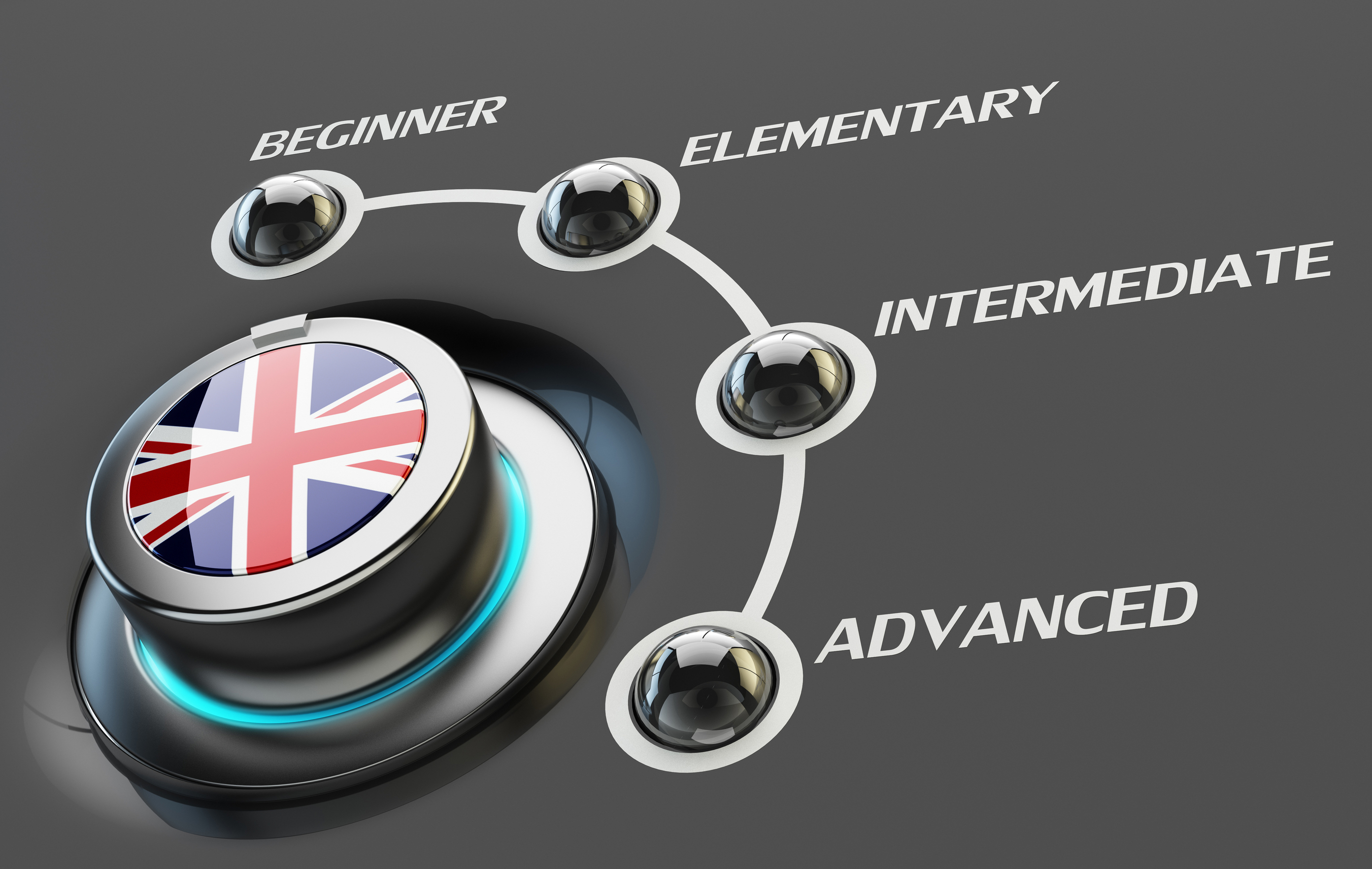The Eiken is Japan's most prominent test of English ability, so much so that anyone involved in the English education industry in Japan has probably had some association with it. Tests are administered three times a year over seven levels (in ascending order of difficulty, 5, 4, 3, Pre-2, 2, Pre-1 and 1) and test-takers are on the rise.
For the 2015 testing year, some 3.2 million people in Japan sat the tests, while the total number of test-takers since its inauguration in 1963 now tops 100 million. (These figures include children sitting the Eiken Junior, aimed at the youngest of language learners, and the Eiken IBA, a placement test for use by groups.)
A June 9 Learning Curve article by Hans Karlsson, "Is the Eiken doing learners more harm than good?," leveled a number of serious accusations against the tests. In response to those allegations, I decided to speak to a number of people — from test-takers and parents to English-teaching professionals — about their views on the Eiken, and addressed some of these issues with a representative from the Eiken Foundation of Japan, which creates and administers the tests. (In accordance with the organization's policies on confidentiality, Eiken employees and anyone else involved in administering the tests could not be identified in this article.)



















With your current subscription plan you can comment on stories. However, before writing your first comment, please create a display name in the Profile section of your subscriber account page.